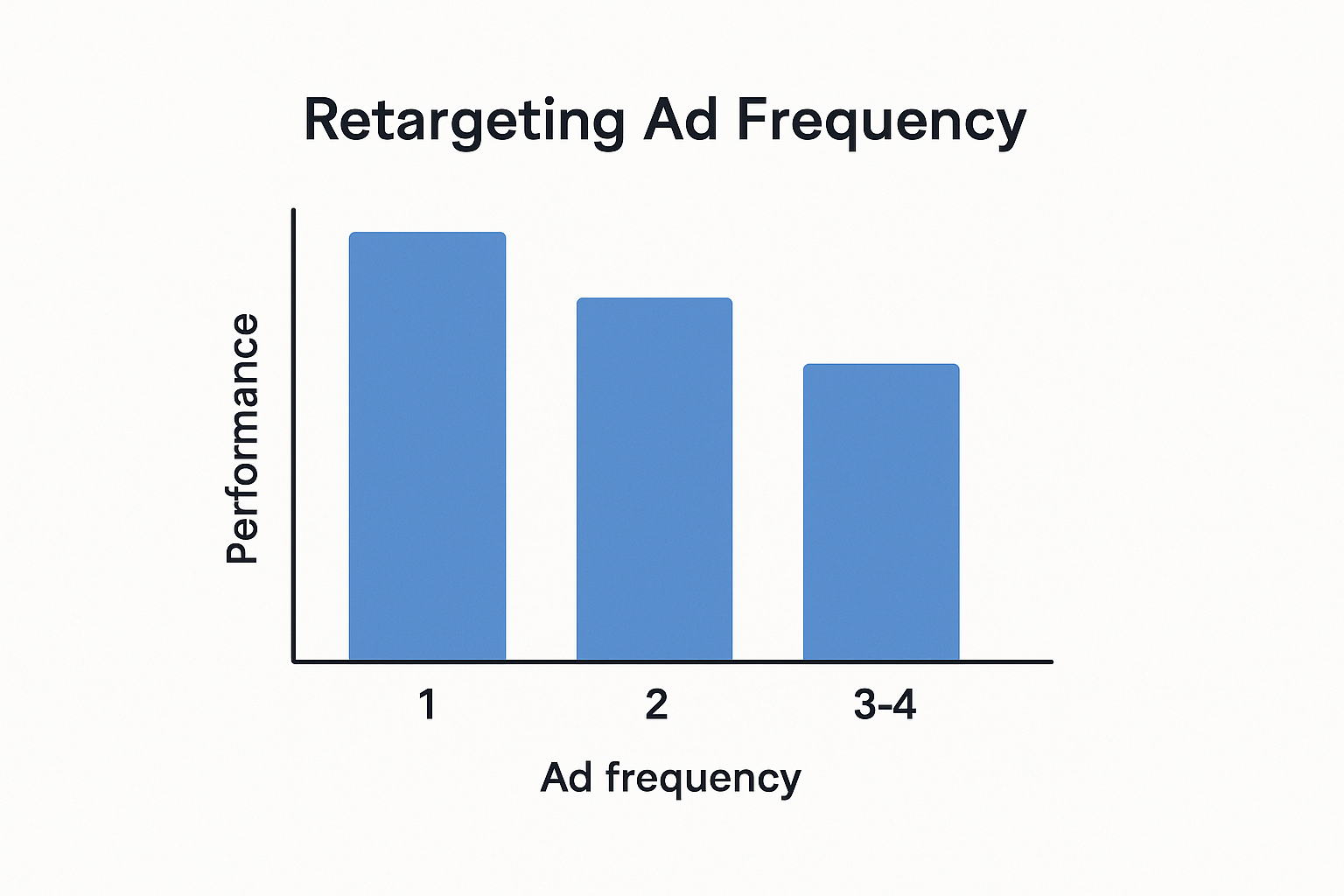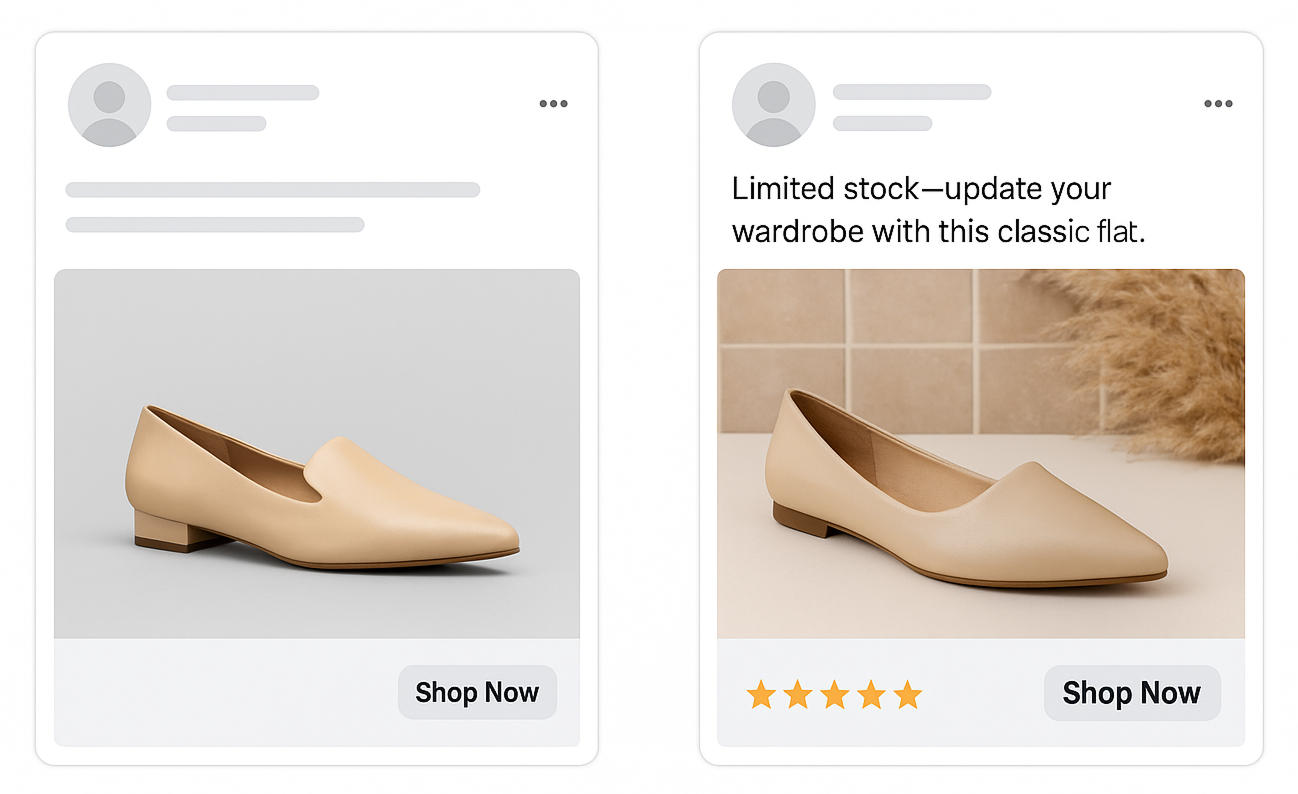Retargeting is a high-potential strategy, but many advertisers find themselves frustrated when it doesn't deliver the results they expect. The idea seems simple: someone interacts with your brand, doesn’t convert, and you re-engage them with ads to bring them back. Yet, despite setting up what looks like a solid campaign, nothing moves the needle.
So what’s going wrong?
Let’s break down the most common reasons retargeting underperforms — and what to do to get it working the way it should.
1. Your Audiences Are Too Broad (or Too Cold)
One of the most common retargeting mistakes is targeting users who simply aren’t ready to act.
Many marketers create a single Custom Audience from all website traffic, treating someone who bounced from the homepage the same as someone who spent five minutes reading a product page. That kind of generalization weakens the power of retargeting.
Instead, segment your audiences based on their behavior and intent. For example:
-
Visitors who viewed specific products or services.
-
Users who spent significant time on your site (over 60 seconds).
-
People who added items to cart but didn’t check out.
-
Instagram and Facebook engagers, like those who saved a post or replied to a Story.
-
Email subscribers who opened emails but didn’t click.
The more relevant your audience, the more effective your ad. For help building better segments, refer to Facebook Ad Targeting 101.
2. Ad Fatigue Is Hurting Performance
Seeing the same creative repeatedly reduces engagement. Users tune out, performance drops, and costs go up. You may not even notice it at first — especially if your reach is low — but the effect compounds over time.
To keep your ads fresh and effective:
-
Refresh creatives every 7 to 10 days, especially if frequency rises above 3.5.
-
Rotate between formats: video, carousel, Reels, Stories, and static images.
-
Use sequential messaging to tell a story across touchpoints.
For example, start with a reminder ad, follow up with social proof, and close with urgency. A user might first see "Still thinking about it?", then "Here’s what customers love," and finally, "Last chance: 10% off ends today."
Need help identifying ad fatigue? Read this article on how to spot it early and fix it fast.
3. You're Misaligning Ad Content with Funnel Stage
Not all website visitors are equal — and your messaging needs to reflect that. Someone who read a blog post has different needs than someone who added a product to their cart.
Match your ad content to the user’s level of intent:
-
For awareness-level visitors (like blog readers), offer educational content or a brand story.
-
For those who viewed a product or service page, focus on key benefits, testimonials, or feature comparisons.
-
For users who abandoned checkout, use urgency, discounts, or money-back guarantees.
When your messaging lines up with the customer journey, your retargeting becomes far more persuasive.
4. Your Retargeting Frequency Is Off
Retargeting relies on repetition, but there’s a limit. Too low, and people don’t remember you. Too high, and they start ignoring or even resenting your brand.
 Ad performance tends to drop as frequency gets higher
Ad performance tends to drop as frequency gets higher
To get the balance right:
-
Aim for 2 to 3 impressions per week per user.
-
Monitor frequency metrics in Ads Manager and set frequency caps if needed.
-
Use shorter retargeting windows for hot leads (3 to 7 days for cart abandoners).
-
Exclude recent converters to avoid wasting impressions and causing frustration.
For more on frequency controls, check out this guide on frequency capping.
5. Your Ads Feel Generic or Impersonal
Generic messaging doesn’t perform well in retargeting. People need a compelling reason to click — a message that reminds them why they considered your product in the first place.

To make your ads more relevant:
-
Use Dynamic Product Ads to show the exact item the user viewed.
-
Highlight benefits tied to their behavior (e.g. fast shipping or low stock).
-
Add urgency with timed offers or limited-time deals.
-
Include social proof like testimonials, star ratings, or real customer photos.
A personalized ad shows that you understand the user’s journey — and that makes clicking feel worthwhile.
6. You’re Ignoring Non-Website Audiences
Retargeting doesn’t have to start with your website. In fact, some of the most powerful Custom Audiences are based on engagement signals inside Facebook and Instagram.
Here are a few audience types you should test:
-
People who viewed at least 50% of your videos.
-
Instagram users who messaged your account.
-
Facebook users who interacted with your page or event.
-
Story viewers or users who answered interactive polls.
These engagement signals are often stronger than a quick website visit. For implementation tips, see our tutorial on how to set up Facebook retargeting.
7. You're Not Choosing the Right Placement or Objective
Meta’s ad placements have expanded well beyond the feed. Stories, Reels, Explore, and in-app Search are all viable for retargeting — but only if you optimize your creative for the placement.
Some key considerations:
-
Use vertical videos for placements like Stories and Reels.
-
Choose carousels or single images for feed ads.
-
Customize copy length and format for each placement.
Also, ensure your campaign objective is aligned with your retargeting goal. If you want sales, don’t choose a traffic objective. If your ad set isn’t delivering at all, review this guide on "Ad Set May Get Zero".
Final Thoughts
Retargeting works best when it feels relevant, personal, and well-timed. Many advertisers make the mistake of lumping all warm audiences into one segment and serving them the same ad repeatedly. That approach might get clicks, but rarely conversions.
If your campaigns have stalled, take a step back. Look at the audiences you're building, the frequency you're running, and the creative you're serving.
Then ask: does this ad meet the user where they are in the funnel?

